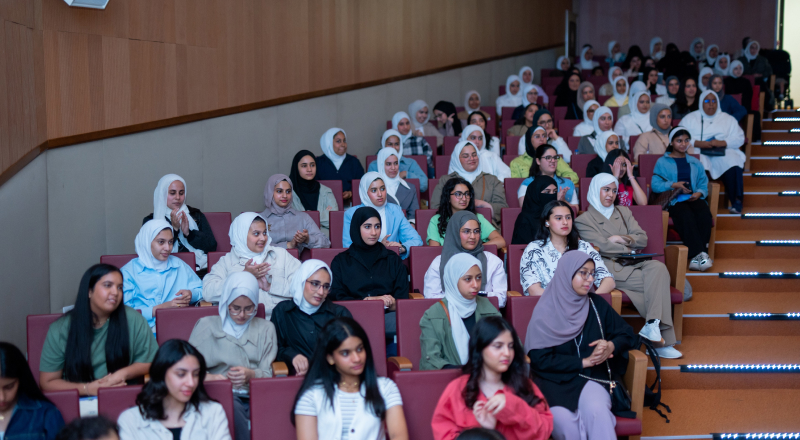How Better Warehouses Increase Trade in Africa

Kuwait-based Agility Logistics Parks customers can log-on to view contracts and make payments.
UK MOD personnel can log-in to the GRMS portal to schedule household relocation shipments.
Kuwait-based Agility Logistics Parks customers can log-on to view contracts and make payments.
UK MOD personnel can log-in to the GRMS portal to schedule household relocation shipments.
The Middle East/Gulf Cooperation Council (GCC) region has been a subject of tremendous growth and development in recent years. This is primarily due to its efforts to achieve economic diversification, which intensified the demand for efficient logistics solutions and sustainable operations. In response, the Middle East/ GCC region has invested and developed infrastructure to meet the demand — sustainable logistics parks.
The sustainable logistics parks in the Middle East/ GCC are changing how goods are handled, processed, stored, and transported. With their eco-conscious practices, designs, and approaches, the infrastructure is spearheading the move towards sustainability in the region.
In this article, we explore the sustainable logistics industry in the Middle East/ GCC.
Sustainable logistics parks are infrastructures designed to minimize the industry’s environmental impact. As such, they boast cutting-edge technologies and processes to streamline supply chain operations, enhance energy efficiency, reduce greenhouse gas emissions, and promote sustainable resource management.
The Middle East/ GCC region is at the forefront of sustainable logistics park development. In recent years, it has seen growth in its logistics industry which brought about larger trade activities and economic expansion. This is thanks to the region’s strategic location that connects major transit ports.
One of the Middle East/ GCC region’s most renowned logistics parks is the Dubai South Logistics District. It is known for its efforts toward sustainability and innovation, boasting eco-friendly warehouses, efficient cargo handling processes, advanced transport facilities, and the latest technology and sustainable approach.
Another example is the region’s largest logistics park, the King Abdullah Economic City (KAEC) Logistics Zone in Saudi Arabia. Located near significant seaports, Jeddah and King Abdullah, the KAEC logistics park is a key driver of enhanced trade and logistics activities in the Middle East.
The Middle East/ GCC region has established several sustainable logistics parks, showing its commitment to eco-conscious logistics management and contributing to its economic growth and environmental stewardship. Among these include:
These logistics parks in the Middle East/GCC region all play a part in contributing to the region’s economy. Each of them has helped with the region’s goal for economic diversification and has enhanced the trade competitiveness of the Middle East. This also led to the creation of jobs for the Middle Eastern workforce.
The plethora of sustainable logistics parks in the Middle East/ GCC region is proving to be catalysts for regional connectivity and trade. They have helped the region enjoy economic growth, improved connectivity, and increased trade volumes through:
While sustainable logistics parks in the Middle East are flourishing, there are also challenges that the industry has to face with strategic approaches and proper planning. Among these include:
Despite these challenges, there are plenty of opportunities for growth in Middle Eastern sustainable logistics parks. With a strategic approach that can address challenges in infrastructure limitations, renewable energy investments, government support and regulations, and collaboration among stakeholders, the region is bound to see a prosperous future for its sustainable logistics parks.
Overall, the Middle East/GCC shows an excellent example of how innovation and environmental consciousness can benefit economic growth. Environmental stewardship and logistics can go hand in hand.
If you would like to learn more about sustainable logistics parks in the Middle East/GCC, speak to our logistics experts.